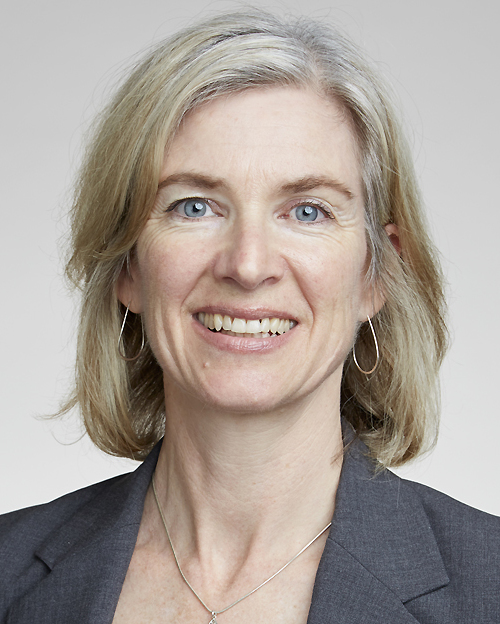The scientist who co-created CRISPR isn’t ruling out engineered babies someday
By Antonio Regalado,
MIT Technology Review
| 04. 26. 2022
The day I spoke to Jennifer Doudna was a tough day: the US Patent Office had just ruled against her university on CRISPR’s most important uses, handing the commercial rights to her rivals at the Broad Institute of MIT and Harvard.
Doudna is the co-discoverer of CRISPR editing, the revolutionary method for engineering genes that, 10 years after her original breakthrough, is now making its way into human trials. There’s an expanding list of applications in diagnostics and engineered plants; already researchers are exploring potential treatments to cure sickle cell disease, blindness, and liver disease. In 2020, she shared a Nobel Prize with fellow scientist Emmanuelle Charpentier. The two became the sixth and seventh women to win the award in chemistry.
Doudna heads the Innovative Genomics Institute at the University of California, Berkeley, and the work coming out of her laboratory continues to focus on the molecular details of how the CRISPR system works. Perhaps more than anyone, she has been able to relay to the public the formidable power of versatile gene editing as well as the possible...
Related Articles
By Jonathan Matthews, GMWatch | 12.11.2025
In our first article in this series, we investigated the dark PR tactics that have accompanied Colossal Bioscience’s de-extinction disinformation campaign, in which transgenic cloned grey wolves have been showcased to the world as resurrected dire wolves – a...
By Jenny Lange, BioNews | 12.01.2025
A UK toddler with a rare genetic condition was the first person to receive a new gene therapy that appears to halt disease progression.
Oliver, now three years old, has Hunter syndrome, an inherited genetic disorder that leads to physical...
By Simar Bajaj, The New York Times | 11.27.2025
A common cold was enough to kill Cora Oakley.
Born in Morristown, N.J., with virtually no immune system, Cora was diagnosed with severe combined immunodeficiency, a rare genetic condition that leaves the body without key white blood cells.
It’s better...
By Rachel Hall, The Guardian | 11.30.2025
Couples are needlessly going through IVF because male infertility is under-researched, with the NHS too often failing to diagnose treatable causes, leading experts have said.
Poor understanding among GPs and a lack of specialists and NHS testing means male infertility...




